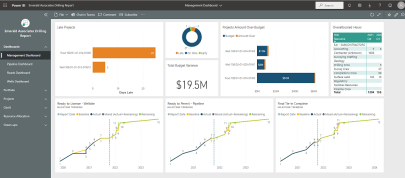Oracle Acquires Ravello - What Does it Mean for the Cloud?
Ravello Systems was acquired by Oracle in 2016 and adds unique capabilities to the public cloud. It allows for the movement of traditional datacenter workloads directly into the public cloud without modification. This brings portability and agility benefits to traditionally locked-in workloads.
The core of the Ravello technology is HVX, a virtualization hypervisor that can be nested within the hypervisor supplied by the cloud compute provider. This is new technology that overcomes barriers previously seen when attempting to nest hypervisors. Traditional hypervisors require direct access to the hardware, as they utilize features of modern processors that can not be easily virtualized. Public cloud compute providers by definition don't provide access to the hardware. Ravello has overcome this limitation by using an alternative approach that does not require these hardware extensions.
The nature of the nested hypervisor approach enables Ravello to move traditional KVM and VMWare ESXi virtual machines into the public cloud without any modifications to the virtual machines themselves. They have accomplished this by essentially “virtualizing the datacenter”. The virtual machines think they are running on a hypervisor on bare metal in a datacenter, when in fact they are running on HVX which is itself running on a VM inside a public cloud.

The virtual hardware presented to the VMs is identical to the virtual hardware provided by VMWare or KVM, down to the PCI bus locations. The virtual machines become entirely portable, able to run either in the datacenter or in the public cloud.
This approach could be viewed as an off-ramp enabling VMWare workloads to be migrated off of VMWare and directly onto the public cloud. Alternatively, Ravello also allows running VMWare ESXi on the public cloud instead of in a corporate datacenter.
Ravello currently supports Oracle Public Cloud as well as Amazon Web Services and Google Cloud. This technology opens up exciting new avenues for organizations looking to reduce operational costs or handle bursty workloads by renting public cloud resources for short-lived environments such as those needed for testing or training.



















